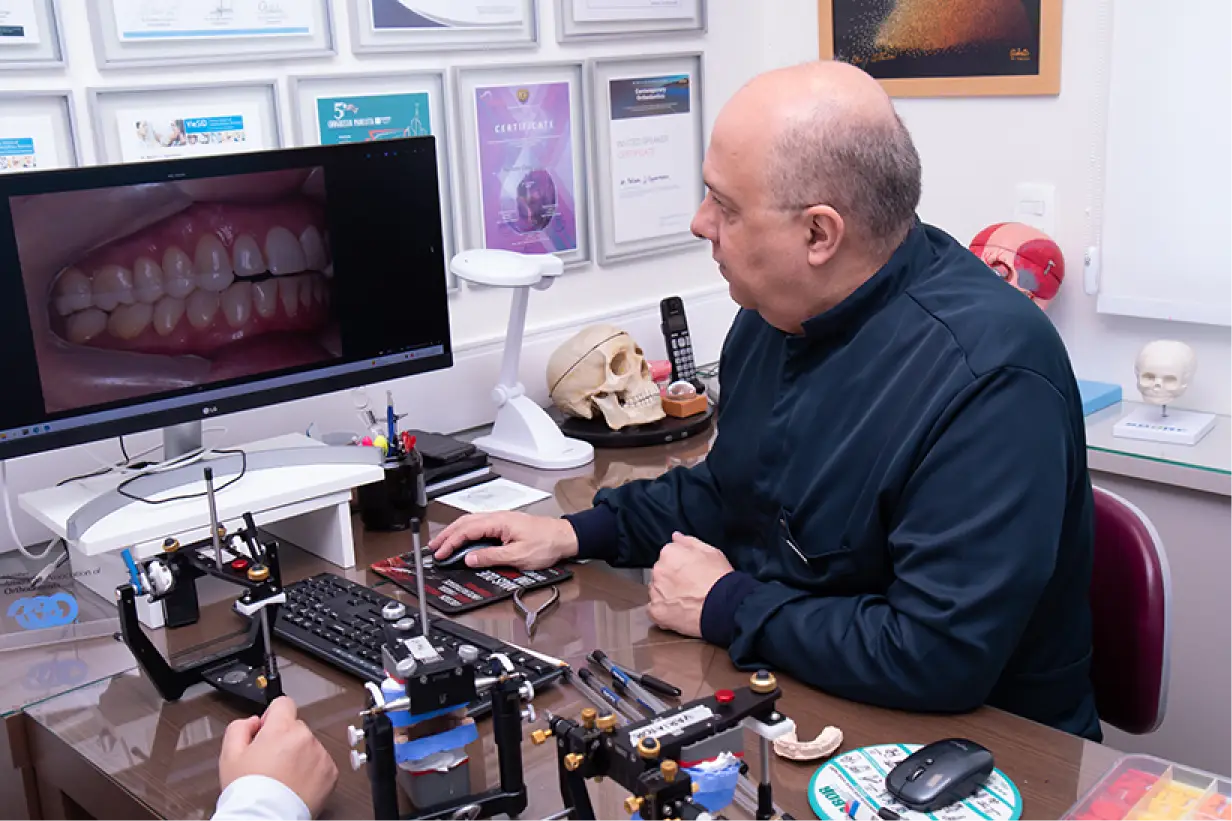Occlusense: A Revolutionary Tool for Occlusal Assessment
Sensory Device
Occlusense consists of a thin pressure sensor that is placed between the patient’s dental arches, similar to a joint film. This sensor is capable of recording the pressure and intensity of occlusal contact during biting.
Real-Time Analysis
When biting on the sensor, the device collects data on the distribution of pressure in different regions of the dental arch, allowing real-time analysis of occlusal contacts.
Visualization of Results
The collected data is presented in software that generates graphs and heat maps, showing where occlusal contacts occur and the intensity of each contact. Areas of high pressure may indicate premature or unbalanced contacts.
Visual Feedback
The dentist can quickly view the information and explain to the patient the importance of occlusal assessment, facilitating communication about the necessary treatment.
Advantages of Occlusense
Accuracy
Occlusense offers an accurate and objective analysis of the occlusal pattern, overcoming the limitations of visual assessment and the use of traditional carbon paper.
Detailed Information
It provides data on occlusal pressure, which is crucial for identifying excessive contact points that can cause discomfort, muscle pain, or temporomandibular joint problems.
Diagnosis and Planning
The data obtained can be used to diagnose occlusal dysfunctions and guide treatment planning, such as occlusal adjustments, orthodontics, or prosthetic rehabilitation.
Personalized Treatment
With the detailed analysis of the occlusal pattern, the dentist can customize interventions according to the specific needs of each patient.
Evaluation of Treatment Effectiveness
Occlusense can be used before and after treatments to check the effectiveness of interventions and make adjustments as necessary.
Applications in Occlusal Assessment
TMD Diagnosis
Occlusense is valuable in evaluating temporomandibular disorders, helping to identify pressure points that may contribute to pain and discomfort.
Bruxism
Occlusal analysis can help to better understand bruxism habits and determine whether occlusal adjustments or occlusal splints are necessary.
Preparation for Restorations
Before placing restorations, Occlusense allows the dentist to assess the patient’s occlusion, ensuring that the new restorative work is in harmony with the existing occlusion.
Occlusal Adjustments
After occlusal adjustments, the device can be used to confirm that the interventions have been effective and that pressure distribution has been restored.
Continuous Monitoring
Occlusense can be part of a continuous monitoring protocol in patients with a history of TMD or bruxism, allowing regular adjustments to therapeutic interventions.
Conclusion
Occlusense is a powerful tool in occlusal assessment, offering an objective and detailed analysis that helps identify occlusal problems and personalize treatment. Its use can significantly improve clinical practice, allowing more accurate diagnoses and the implementation of more effective interventions to promote oral health and patient well-being. The integration of this technology into dental practices is an important step towards modern, evidence-based dentistry.







